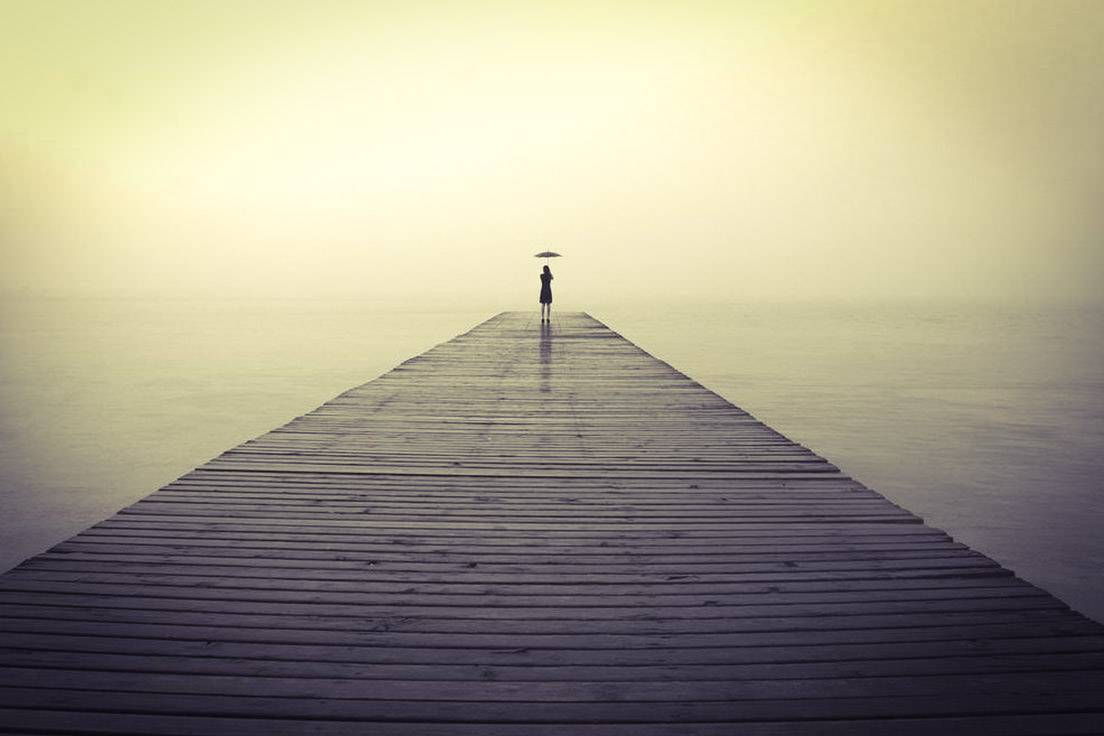People living in Nairobi’s Mathare slum fear that if catastrophic flooding does not bring down their homes, the government will. Jane Kalekye trudges through the narrow muddy alley to her tin-roof house in Mathare, one of Kenya’s largest slums. Ever since the devastating floods that forced her out of her home last month, she and other residents who live by the rubbish-choked Mathare River, which runs through their area of Nairobi, have begun an anxious countdown.
It is only a matter of time before their homes are brought down, they say, either by another bout of flooding, or by the government’s ongoing demolition of houses along riverbanks prone to flooding.
“Nyumba bado iko?” (“The house is still here?” in Swahili), the 37-year-old secondhand clothes seller asks her neighbour, who gives her a solemn nod back: “Iko” (“It’s still here”).
“These days it’s a pattern – it rains almost every night, and when it rains the house floods, maybe not as much as the first time, but enough to leave us without a home,” says Kalekye, who is staying at a temporary shelter in a school with her three children.
Since the wet season began in March, Kenya has seen some of its most catastrophic weather for years. Torrential rains have caused devastating floods, at least 228 people have died, thousands have been displaced and nearly 2,000 schools have been affected. All remaining schools have been shut indefinitely by the government.
Kalekye and her family are among at least 23,000 households displaced over the past two weeks. Kenya’s interior ministry and humanitarian organisations say that calls for rescue have been unprecedented.



From the aeticle:
More in article.